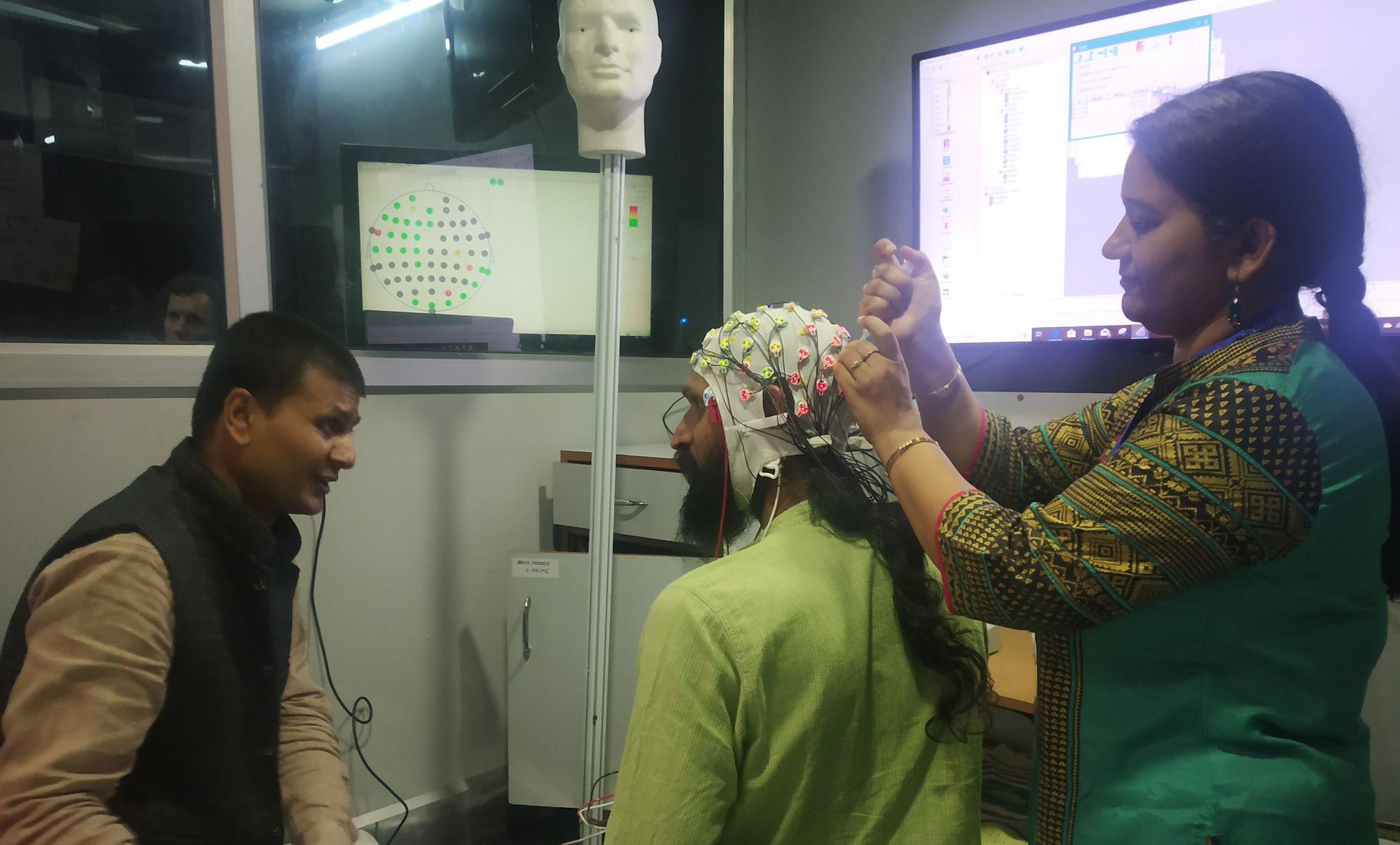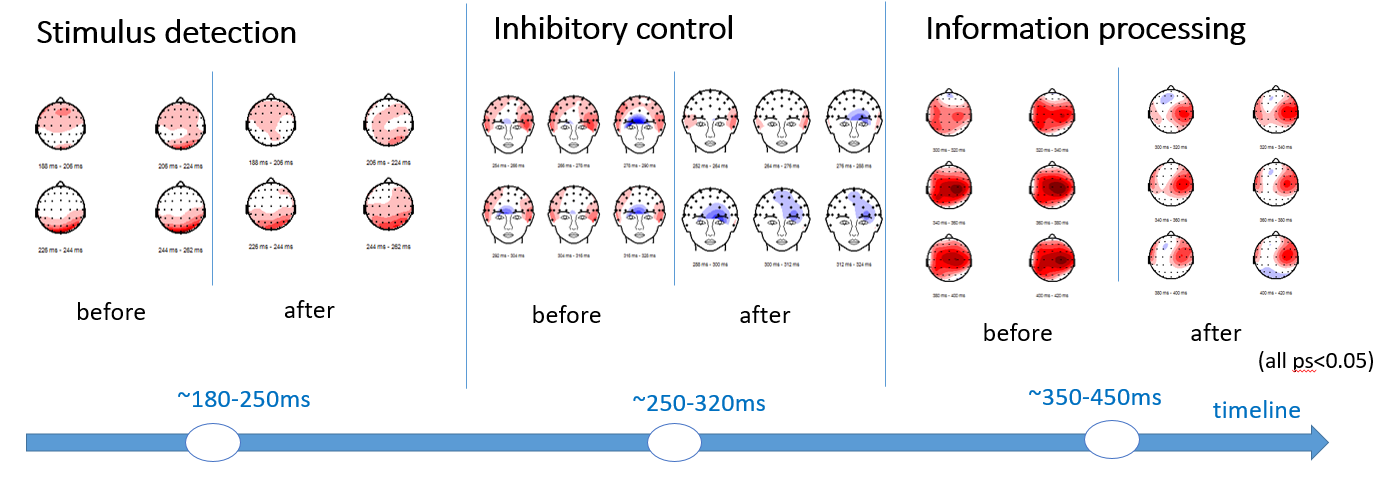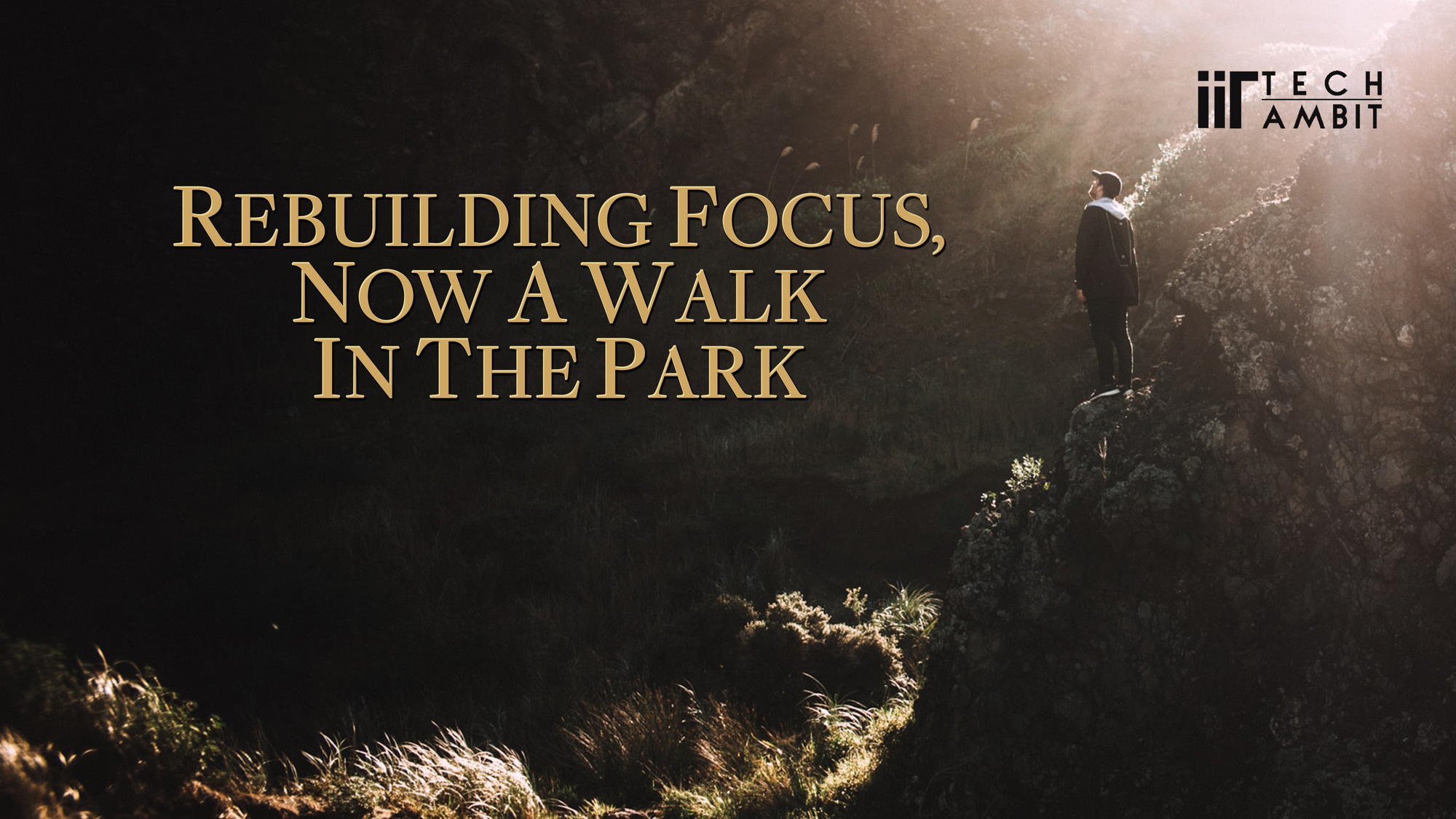In today's fast-paced world, one's ability to deliver high-quality work is a crucial skill. To live up to these ever-rising expectations, one must perform with an intense focus on the task at hand. Twenty years ago, this would have been a more straightforward task, what with social media being non-existent.
But today, it is virtually impossible to perform in an environment where stimuli from all directions bombard our brains - emails, messages, social media posts, reels, stories. Their magnitude has increased exponentially during the pandemic - where these are our only means of communication.
Amidst this web of stimuli, there exist essential pieces of information for our work. Our brain has to remove the irrelevant ones and then focus on the required task. This ability to suppress distractors has a particular name - 'inhibitory control'.
Over time, one's inhibitory control ability diminishes due to constantly inhibiting incoming distractions whilst focusing on the task at hand. The most obvious way to revive productivity is sleeping. Other ways can be meditation, mindfulness and yoga-based therapies. But perhaps the most obscure is nature experience.
What is nature experience?
Nature Experience (NE) essentially refers to interactions with natural environments - forests, green areas, gardens and parks - that previous studies have found to restore focus effectively.
The research experiment conducted by Dr.Sahani and Prof.Kumar provided empirical evidence for this claim.
The experiment
The experiment had three main components - EEG data recording, the audio-visual intervention, and the cognitive test.
EEG (electroencephalogram) shows the electrical activity inside our brains. A well-known fact, the neurons in our brain communicate via electrical impulses. Using this fact, one can monitor the brain's activity by detecting electrical signals. This is done by attaching small discs of metal called electrodes to the scalp of the participant.

The audio-visual intervention was used to replicate nature experience in the lab. The clips were chosen very carefully, as they were crucial to the experiment. Since all the experiment participants were Indian, the selected clips were all of the Indian contexts. They were all shot from the ground, not aerially - as if the participants were there themselves. This helped to replicate an authentic nature experience in the lab.

The Flanker test was used to check participants' cognitive functioning during the experiment. There are three arrows displayed on the screen. The participant has to click one of the two buttons, indicating the direction of the central arrow - left or right.
The tests were taken both before and after the nature experience. Throughout this time, the brain's activity was monitored by the EEG. With this data, the researchers determined whether NE helped in improving the participants' focus.
The tests were also conducted before and after a short period of open-eye resting time. This was done to refute any claims that the same results can be achieved by simply resting between tasks.
The main challenge of conducting such research is designing an experiment that would give tangible results. Without preceding research work to reference, it was a tough job to determine what would work out in their favour. Another challenging aspect was analysing the massive amount of EEG data collected and studying it to get accurate results.
The EEG data were consolidated, and it could be clearly seen that post-NE, there was an improvement in one's focus and attention. They also reported a better response time after the nature experience, which was not seen after the open-eye resting time.

To cut the long story short, nature experience offers a more cost-efficient way of increasing attention and focus. The result of this experiment is a complete game-changer, as it provides a quick fix to dropping productivity, something that we all want. The answer to rebuilding focus, both literally and figuratively, is a walk in the park.

